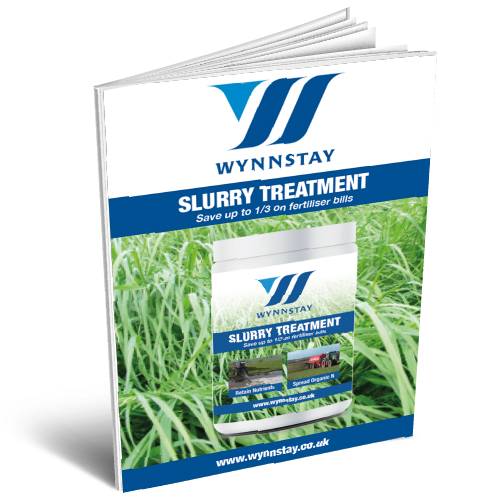Slurry Treatment for Channels Leading to a Tower - Where Should We Treat?
- 17 Dec 2020
- 0 Comments

Work out the quantity for Slurry Channel Treatment
Imperial: Multiply the length by breadth by depth in feet and multiply by 6.25 to give the amount in gallons. To calculate the number of pots required, a 1kg pot treats 100,000 gallons.
Metric: Multiply the length by breadth by depth in metres to give total cubic metre. A 1kg pot treats 450 cubic metres.
What To Do Once you Have Established the Quantity Required
Once the amount of slurry is known, then treat in the tower to start (providing there is slurry present!). We recommend a double dose to start. If the tower is ½ - ¾ full then it will require a good stir before adding the Treatment. A small amount of GENTLE agitation as the Slurry Treatment is added to the tower can be a benefit but only for 1 – 5 minutes. The reason for this is that the bacteria can become damaged upon prolonged agitation. Add Slurry Treatment under any crust present. The stirring should assist in breaking up the crust.
Weekly Applications
Weekly applications should then be added to the slurry channel, again making sure adequate Slurry Treatment is added for maximum performance. If you can avoid applying them near to drains that contain chemicals that will be beneficial to the bacteria.
Avoid Damage to the Bacteria
The bacteria can become damaged if aggressive mechanical operations take place, e.g. pumping a long distance. It seems in most cases, that from a channel into a tower that is close
we have no problems.
For more information on Water & Slurry management, speak to a member of the Wynnstay Hardware Team.









